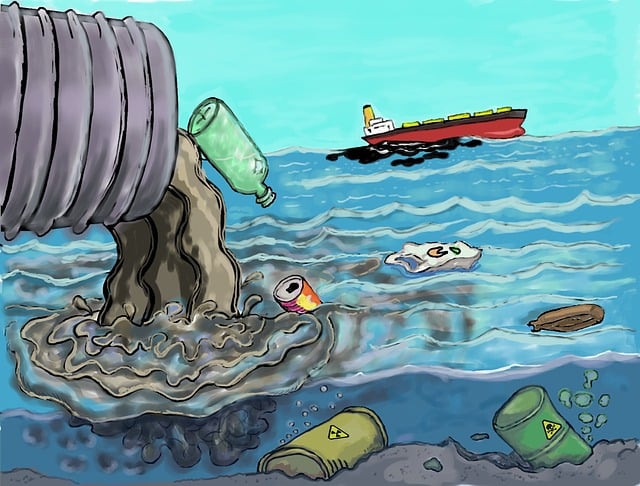Due to water damage, commercial buildings can incur significant financial losses, structural damage, and business interruptions. Hence, building owners and managers need to understand the effects of such incidents. This article explores the consequences of water damage in commercial buildings and highlights essential measures to prevent or address this issue.
Structural Damage
Water intrusion can cause severe structural damage, compromising the building’s integrity. Prolonged exposure weakens the foundation, leading to rotting, warping, and decay of walls, floors, and ceilings’ materials like wood, drywall, and concrete. Additionally, mold and mildew growth are promoted in areas with constant moisture exposure. When the damage is severe, find local experts near you is advisable to help fix the situation.
Health Hazards
Water damage also poses health hazards as it creates an ideal environment for mold growth that releases spores into the air. The spores cause respiratory issues, allergic reactions, or other similar problems that may be problematic for occupants with weak immune systems or those with asthma.
Electrical Damage
When water infiltrates, a commercial building’s electrical systems pose a serious threat, as electricity does not mix well with moisture. The wiring could get damaged, leading to short circuits; circuit breakers or electrical panels may also develop faults, causing power outages or even electrical fires. Electrical damages are critical, and finding local experts near you to curb them before the situation worsens is better.
Activity Interruptions
Businesses often face interruptions due to water damage, forcing them to temporarily halt their operations until restoration is complete. Restoring a company’s equipment and inventory requires evaluations that are costly both financially and time-wise. Preventing this problem requires proactive management that every commercial building owner should undertake.
This is important because it helps building owners identify problem areas prone to water leakages before they wreak havoc on the property they manage. As responsible building owners or managers, our paramount responsibility lies in minimizing the damaging effects of water damage on our commercial structures.
Responsive Measures
To that end, please consider some mitigation measures:
Regular Maintenance
Prioritize setting up a preventive maintenance program encompassing routine inspection checks for leaks and prompt repairs. Additionally, efficient management of drainage systems plus swift remediation alerts as needed.
Adequate Drainage
Assess suitability and install gutters/downspouts/drainage systems efficiently enough to direct excess water away from your facility as much as possible.
Proper Insulation
Apply pipeline insulation comprehensively along walls and roofing to avert condensation and moisture from leading to negative impacts such as unwanted water damage.
Emergency Preparedness
Be ready for unforeseen eventualities by developing an emergency response plan. In the response plan, illustrate stepped actions such as the main supply shutdown, among other necessary steps, and then promptly call experienced restoration services when required.
Professional Assistance
Enlist the expertise of skilled restoration specialists who can aid with potential hazard identification, comprehensive inspections, and prudent solutions. The expertise should include prevention measures along with restorative action guidance.
In conclusion, thriving commercial buildings require prioritizing periodic maintenance checks and optimal drainage system installations in sync with robust pipeline insulation. Moreover, develop relevant emergency protocols while partnering with seasoned industry experts for successful restoration planning. This will help protect against unexpected structural harm/health hazards/business continuity interruption/financial losses that result from undesirable water intrusions!

